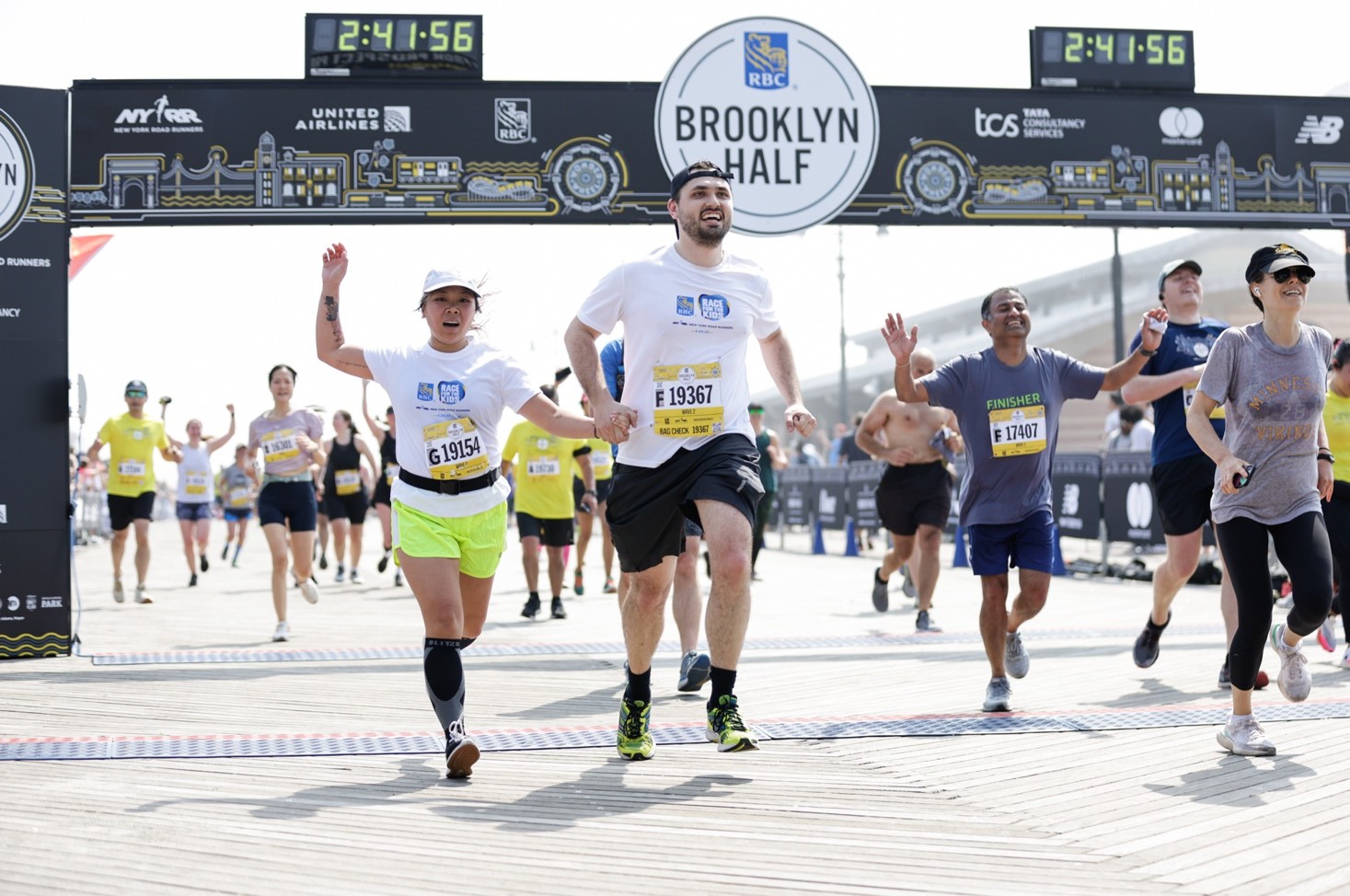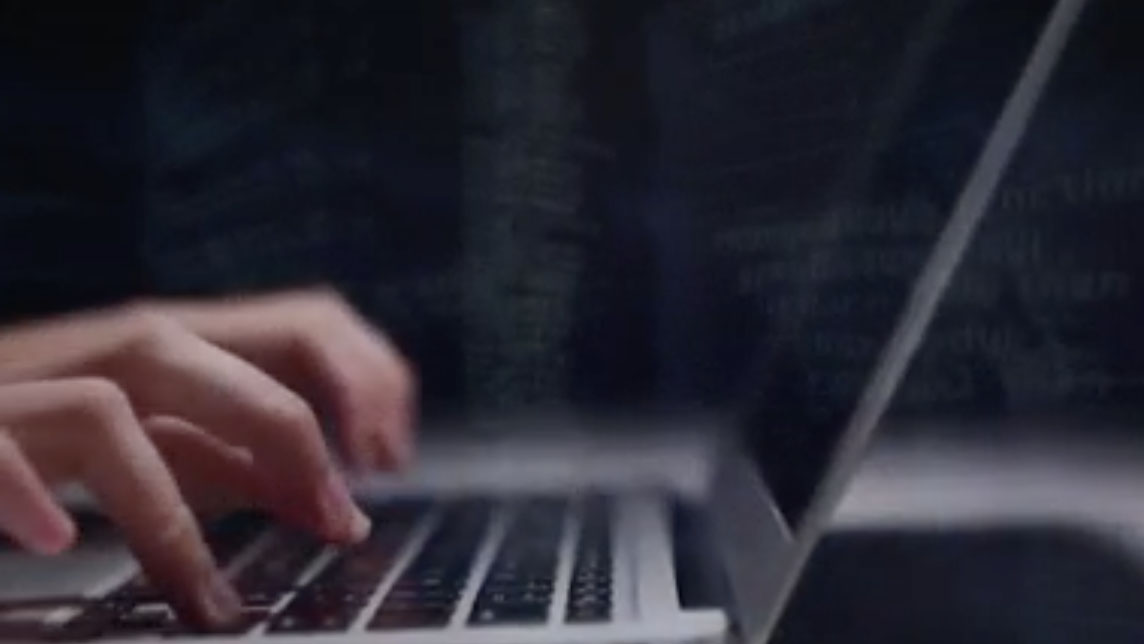Araceli Quintero says she was trying to be a peacemaker in her New York high school last year when trouble erupted.
“I was basically trying to help my friend and another girl at school to not fight, because I didn’t want my friend to get suspended,” she told the I-Team.
But when the 18-year-old’s attempts failed, a brawl broke out and she was caught up in the fight. That triggered a 60-day suspension, and a temporary transfer to an alternative school.
Araceli told her story at Make the Road New York, a non-profit group that mentors minority students who have run into trouble at school.
“Predominantly young people of color are the ones who are being suspended,” said Adilka Pimentel, Youth Police Accountability Organizer for Make the Road.
Kesi Foster, a coordinator with another non-profit, the Urban Youth Collaborative, said he sees the same thing with students being arrested.
Local
“There’s still a system that’s very much in place that’s criminalizing their behavior,” he said. “And it has almost intentionally replaced guidance counselors, social workers and supportive help – with prosecutors, police officers and judges.”
The I-Team found minority students are indeed more likely than other students to be suspended or arrested.
Along with the NBC News Investigative Unit and the NBC-owned stations, the I-Team analyzed data collected from all public schools in the nation by the U.S. Department of Education.
Called the Civil Rights Data Collection, every two years all public school districts are required to report to the Education Department on wide-ranging topics from suspensions and expulsions to arrests and referrals of students to law enforcement. Districts are also required to break down data by race and disability.
The I-Team crunched the numbers from the 2013-2014 school year, the most recent data available. The analysis found that nationally, black students and students with disabilities are suspended, expelled, arrested and referred to police at rates disproportionately higher than their white and non-disabled peers.
Nationally, black students were nearly four times more likely than other students to be suspended. In the 2014-2014 school year, it happened to one-in-six black students compared to one-in-33 for other kids.
The rate was slightly slower in the tri-state: one-in-seven in New Jersey, one-in-nine in Connecticut and one-in-12 in New York.
Pimentel said a suspension can quickly send a student down a dangerous path.
“They miss school. They feel disconnected from the school culture when they get back. They are more likely to be kicked out of school or end up in the prison industrial complex,” she said.
Students are certainly one step closer to prison when they’re arrested at school. And the I-Team found that too happens to black students at a higher rate.
Across the U.S., black students are three times more likely to be arrested than other students. The rate is lower in New York and New Jersey. But in Connecticut in 2013-2014, the rate was triple the national average.
“Unfortunately, when students of color are being defiant they’re charged with things like being disorderly,” said Foster. “That’s not the response that is happening for their white peers.”
Connecticut has moved aggressively to reduce arrest rates with intervention programs that provide behavioral treatment for students. The state cites those efforts as helping to reduce the arrest rate of black students more than 30 percent since 2010.
In New York City, there has also been an intense focus on prevention with the hiring of more guidance counselors, funding of preventive resources and a closer partnership with the NYPD, which polices schools.
The Department of Education cites these efforts as helping reduce suspensions by nearly 46 percent in the past five years. Another area of focus, the DOE said in a statement, is “suspensions resulting from insubordination, historically a major factor of racial disparities in suspensions.” Those suspensions, the DOE said, have declined 75% since 2014-2015.
“The city is on a trajectory generally of decreasing suspensions, arrests, summons or tickets to youth in school,” said Dawn Yuster, project director at Advocates for Children. She also cites restorative justice programs that teach peer mediation has being helpful.
“There is a lot of data and evidence out there that shows that it has an impact,” she said.
Foster said restorative justice lessons are vital, but they’re only part of a more sweeping change that’s needed.
“We need to look at putting in counselors and getting out police officers, getting out metal detectors – and really making schools places where young people feel nurtured and can really come into their full potential,” he said.




